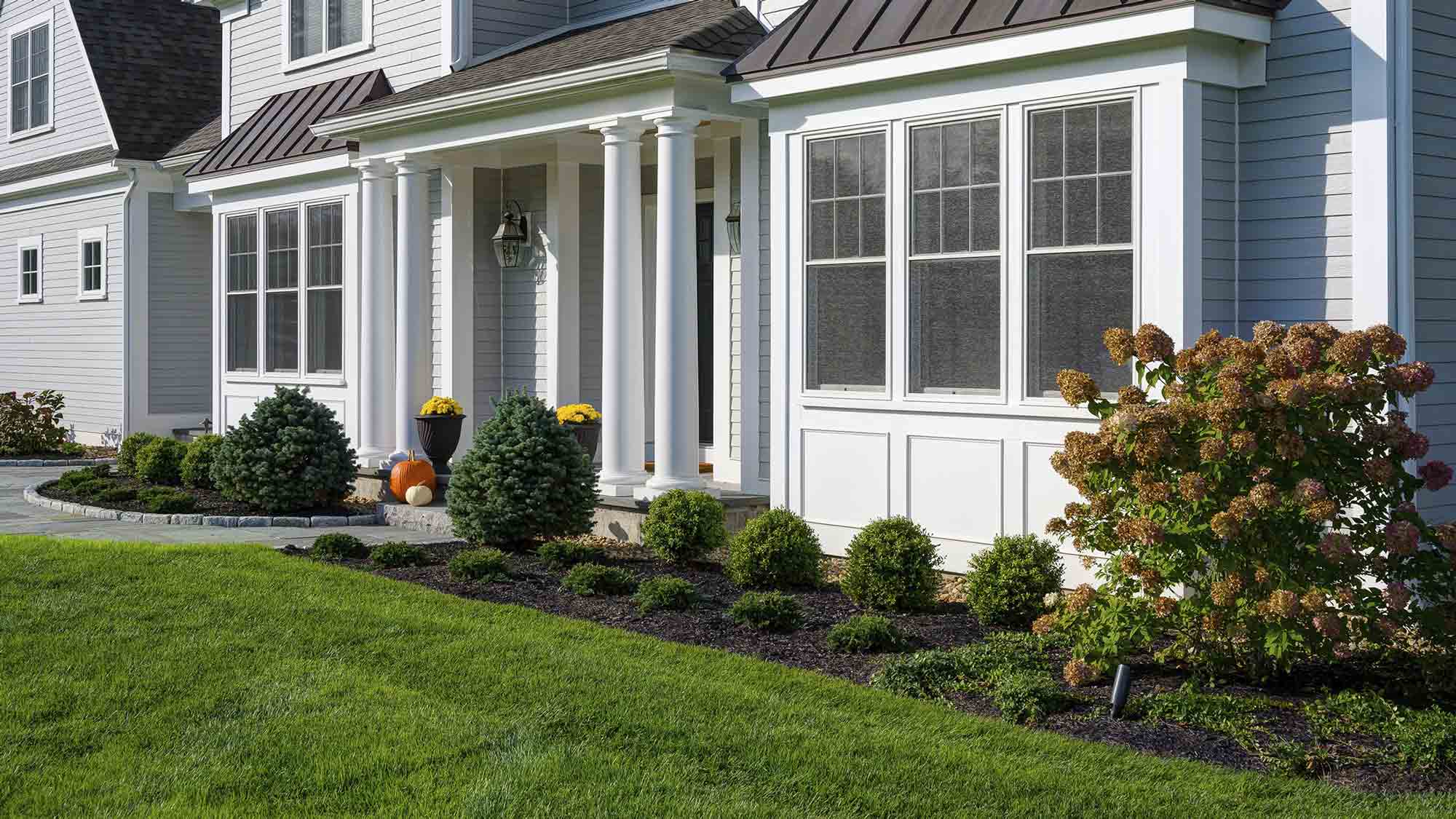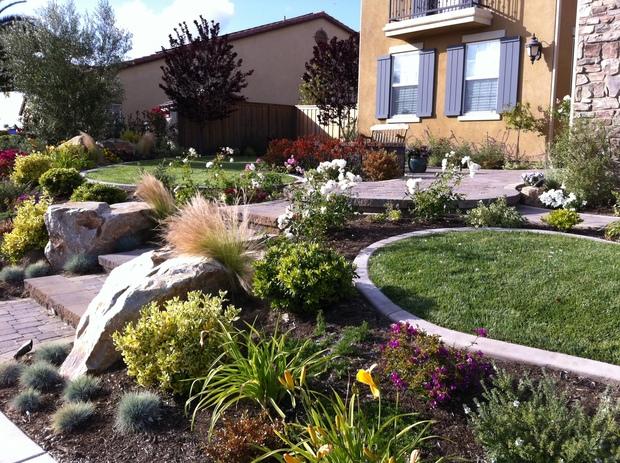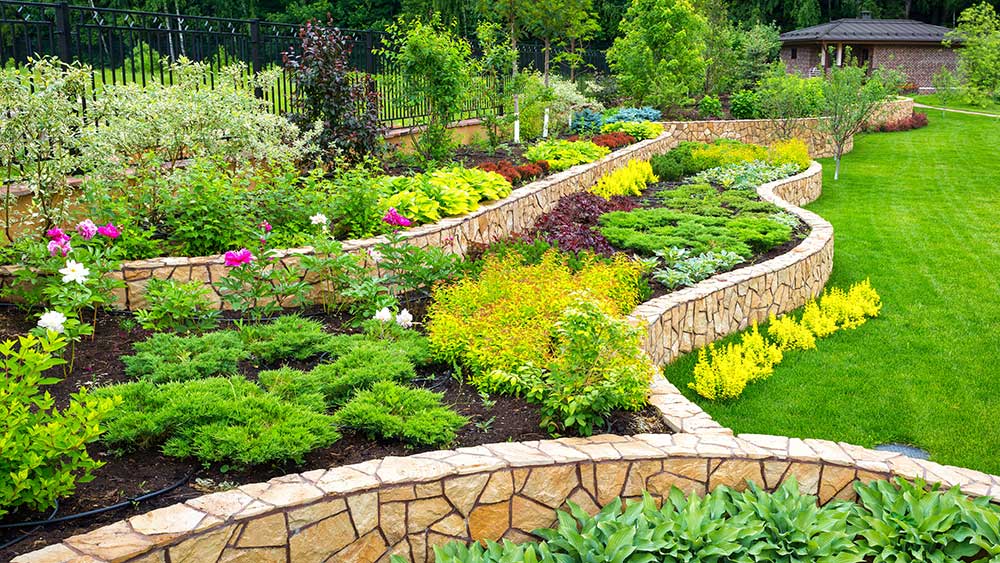Facts About Landscapers Revealed
Facts About Landscapers Revealed
Blog Article
Everything about Landscapers
Table of ContentsLandscapers for BeginnersSome Known Factual Statements About Landscapers Indicators on Landscapers You Should KnowGetting The Landscapers To WorkRumored Buzz on Landscapers
- A tree or bush (bush) that loses its leaves in winter months. In the PNW there are semi-deciduous or semi-evergreen plants that might lose their leaves depending on how chilly the winter months is. Abelia and some hebe are fine examples. Landscapers. - A level celebration area, made from timber or composite material (made to resemble wood), usually surrounding or connected to a structure.

This is an all-natural procedure, and the result can be utilized for paths and outdoor patios. - Trick landscape functions being suggested in a landscape style strategy.
A Biased View of Landscapers
These goals guide the layout procedure, not the developer's design or preferences. Common design purposes in Portland are reduced maintenance, dry spell forgiving, and animal friendly.
Over time this layer can get really thick and make it difficult for water, sunlight, and nutrients to obtain to sections of the turf.- The process of accumulating and managing the flow of water on a property. This can be performed with grading, French drains, completely dry wells, absorptive surfaces, sump pump, rainfall yards, and more.
Characteristic at the bottom of hillsides, with natural springs, or loaded with heavy clay have the most drainage issues.- A slow feeding irrigation system that uses flexible tubes and emitters to send an exact quantity of water to every plant. This is the most reliable technique of watering plants. - The ability of a plant to endure without much summer water.
- A garden function where water is stood for by an accumulated stone product, normally a gravel or granite.- A stone or flagstone patio, course, or sidewalk constructed without a concrete base.
What Does Landscapers Do?
- A rock preserving or complimentary standing wall surface constructed without the use of mortar. A highly proficient mason is needed for a completely dry stack stone wall surface. The majority of wall surfaces in Portland are not completely dry piled, even if they seem. - An underground framework that accumulate water and enables it to slow percolate into the dirt around it.
Landscape layout that works with a sites' environment in both look and sustainability without negative impacts to the atmosphere. Interrupting the landscape is a line of separation that develops aesthetic rate of interest in the yard by separating one segment from one more sector. This can be visual or useful, maintaining one element (such as pea crushed rock) from getting combined into an additional (like bark dust).
Locations can also have a sensation of "unit" offered by trees, various other plantings, fences, or screens. The landscape near the entrance to a structure.
A plant that is not native to the place where it will certainly be grown. Not all "exotics" are intrusive or dangerous, and lots of can be well behaved or drought forgiving (Landscapers). A mass growing of brushes. Thicker bladed turf grass that spread out using rhizomes.: The degree of dirt on your residential property prior to bark dirt or garden compost is spread out.
The 20-Second Trick For Landscapers

The purpose, factor, or activity that an area is be landscaped for. Stairways operate, for instance, to permit foot traffic backwards and forwards a slope. Area for expanding plants for seeing, eating, or physical task. A roofed building utilized over an exterior event room. The growing of a seed, possibly describing a grass that is being expanded from seed.
Rock product, either rounded or fractured, that is reasonably little- normally 1" or much less. Reduced plants that are permitted or encouraged to spread out over a location. Can describe any "difficult" yard elements including statuary or stones yet most commonly is utilized to describe courses, patio areas, and walls.: Elevation distinction between the level of water in a pond (or the level of the pump if it rests outside the pond) and the upper outlet of water which affects efficiency of the water pump in gph (gallons per hour). Thick hedges or trees that form a fencing, display, or boundary.

The smart Trick of Landscapers That Nobody is Discussing
Conventional PNW landscapes are casual. A plant that spreads out more than preferred, or right into habitats where it does damage.
Can consist of head positionings and coverage, pipe sizing, GPM specs, and products required to install this system. Licensed expert that makes landscapes, educated in design click to read more and architecture as well as in cultivation.
The professional that plans and develops discover here landscape tasks, generally at a property or little commercial level with the major design catalyst on growings. Landscape developers commonly have much less education than Landscape Architects and are not accredited. A completed landscape style, detailing all elements for the new landscape. This usually takes the kind of an illustration theoretically.
A water limited HDPE material used below ponds, streams and waterfalls in water features. Making use of lots of plantings of the very same variety to load in a location in the landscape.
Report this page